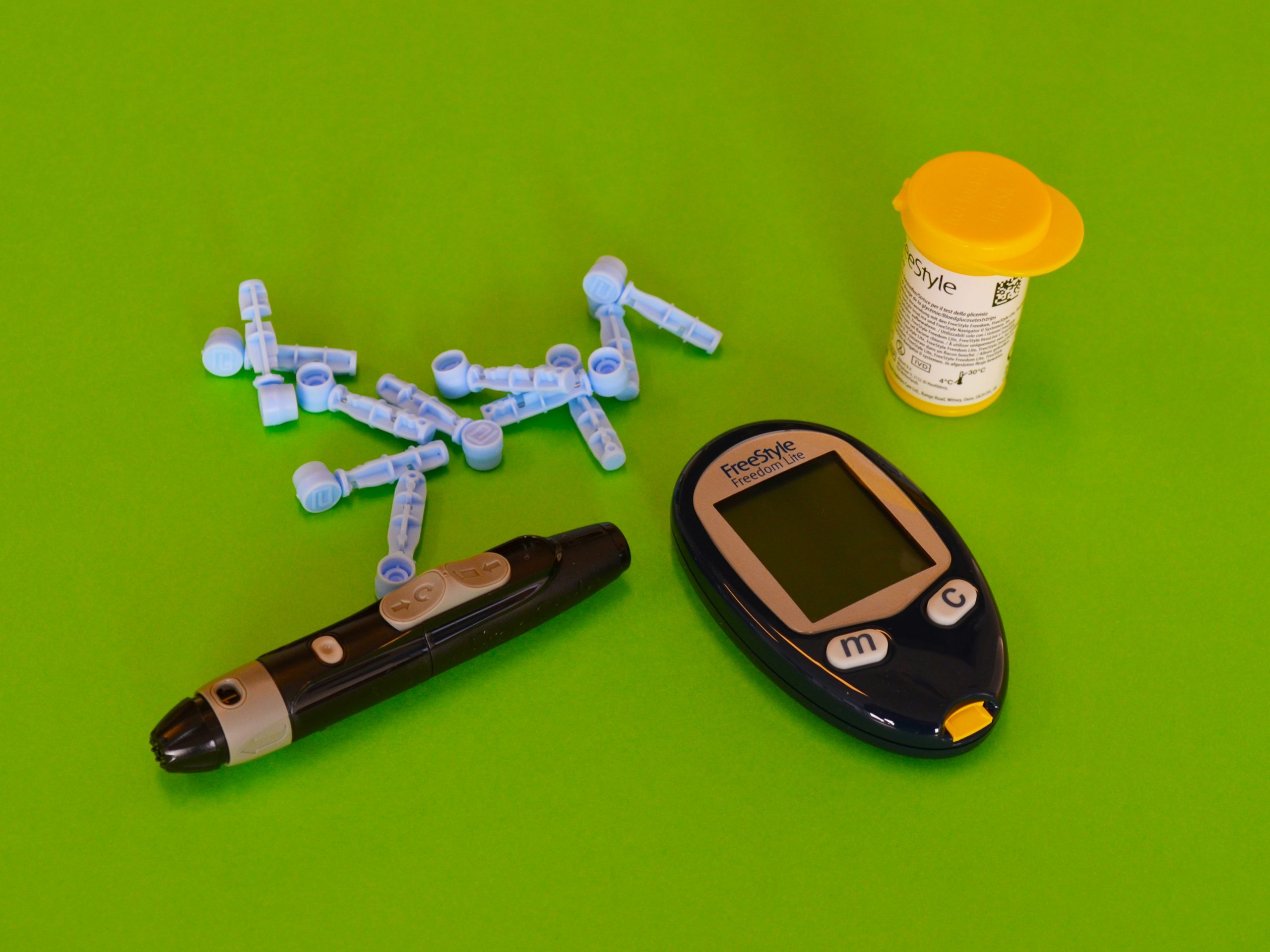Understanding Type 2 Diabetes: What You Need to Know
Type 2 diabetes is one of the most common chronic health conditions, affecting millions of people worldwide. It’s a condition that develops over time, often as a result of lifestyle factors and genetics. Knowing more about Type 2 diabetes, its causes, symptoms, and ways to manage it can help prevent complications and lead to better long-term health.
What is Type 2 Diabetes? Type 2 diabetes occurs when the body’s cells don’t respond well to insulin, a hormone that regulates blood sugar levels. Over time, this resistance to insulin causes blood sugar levels to rise, leading to a variety of health complications. Unlike Type 1 diabetes, where the body produces little to no insulin, people with Type 2 diabetes typically still produce insulin, but
What is Type 2 Diabetes?
Type 2 diabetes is a chronic condition that affects the way the body regulates and uses glucose (sugar) as fuel. Unlike type 1 diabetes, where the body cannot produce insulin at all, type 2 diabetes occurs when the body doesn’t respond to insulin effectively, or doesn’t produce enough of it, leading to elevated blood sugar levels over time. This condition can result in serious health complications if not managed well.
Understanding the Risk of Type 2 Diabetes
Currently, over 3.2 million people in the UK are at risk of developing type 2 diabetes. Several factors can increase this risk, including age, ethnicity, family history, and lifestyle habits. For example, type 2 diabetes is more common in people over 40, but for individuals from Black, African Caribbean, or South Asian backgrounds, the risk increases from the age of 25.
There are some factors beyond your control, such as your age, ethnicity, and family history, that can increase your risk. However, lifestyle choices play a crucial role in prevention and management, and by making certain changes, you can significantly reduce your risk.
Tips to Reduce Your Risk of Type 2 Diabetes
- Maintain a Healthy Weight
Excess body weight, especially around the waist, is a significant risk factor for type 2 diabetes. A healthy waist size for men is less than 94 cm (37 inches) or under 90 cm (35 inches) for South Asian men, while for women, it’s under 80 cm (31.5 inches). - Stay Active
Physical activity is essential in reducing the risk of type 2 diabetes. Regular exercise, such as brisk walking, swimming, or cycling, helps manage blood sugar levels and prevents insulin resistance. Aim for 30 minutes of moderate-intensity exercise at least five days a week, which can be broken into three 10-minute sessions if needed. - Eat a Balanced Diet
A balanced diet rich in fruits, vegetables, lean proteins, and whole grains can help manage blood sugar levels and prevent excess weight gain. Reducing sugary snacks and refined carbohydrates can make a big difference in your overall risk. - Quit Smoking and Limit Alcohol
Smoking and excessive alcohol intake can increase your risk of developing type 2 diabetes and other health conditions. Sticking to recommended alcohol limits and seeking support to quit smoking can contribute to your long-term health. - Break Up Periods of Sitting
Long periods of sitting, whether at a desk or in front of the TV, can contribute to insulin resistance. Take short breaks to move or stretch every hour.
Getting Support to Make Lifestyle Changes
Making changes can be challenging, but there are various resources and support networks available. Many people find it helpful to have the support of friends, family, or a healthcare professional. Your GP can offer guidance on healthy eating, weight management, and local support groups, while helplines, such as Diabetes UK’s, provide free advice and motivation.
Can Type 2 Diabetes Be Prevented?
In many cases, yes. Research shows that a combination of a healthy diet, regular exercise, and maintaining a healthy weight can cut the risk of developing type 2 diabetes by about 50%. This is possible because, unlike type 1 diabetes, the body in type 2 diabetes still produces insulin; the issue lies in how effectively it’s used. Making lifestyle changes can sometimes even reverse early signs of insulin resistance, making prevention possible for many at-risk individuals.
Key Takeaways
Preventing type 2 diabetes is achievable with lifestyle changes focused on three main areas:
- Eating well
- Staying active
- Managing a healthy weight
By following these guidelines, you can make a positive impact on your health and potentially prevent the onset of type 2 diabetes.

https://unsplash.com/photos/silver-and-white-cross-pendant-necklace-z03Q6GAkqKM?utm_content=creditShareLink&utm_medium=referral&utm_source=unsplash

